Valve and pipe manufacturing plays a critical role in numerous industries, including plumbing, heating, and water management. However, like many manufacturing sectors, it carries environmental impacts that deserve attention. Components such as the adjustable water pressure reducing valve, high pressure check valve, and stop valve for sink are essential in system design, but their production processes contribute to resource consumption and emissions. Understanding these impacts can guide manufacturers and consumers toward more sustainable practices.
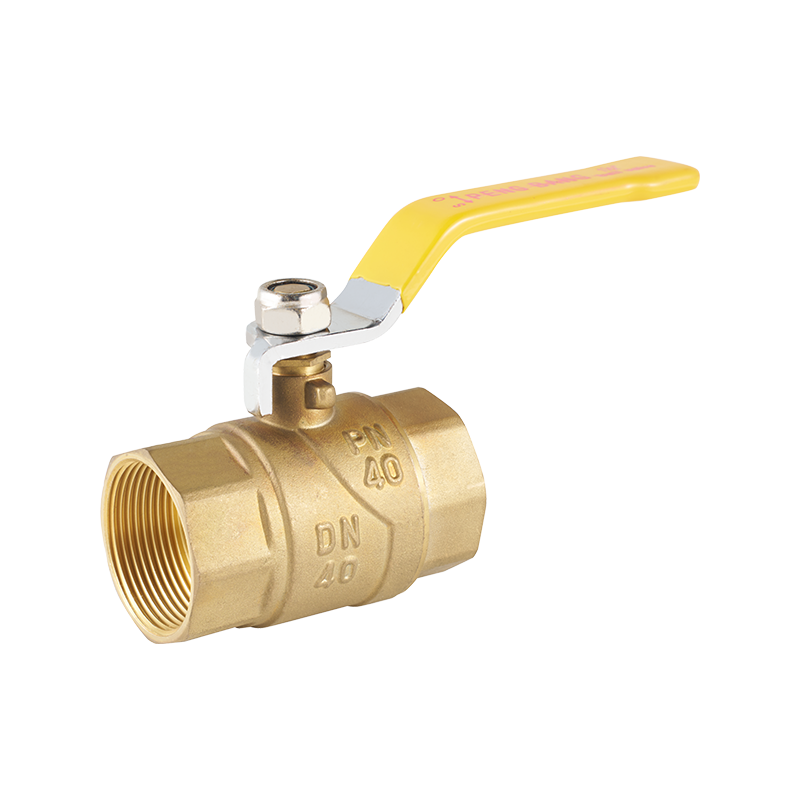
One of the key environmental concerns in valve and pipe manufacturing is the use of raw materials. Metals like brass, stainless steel and various plastics are commonly used to produce products such as the adjustable water pressure reducing valve. Extracting and processing these materials consume significant energy and often generate greenhouse gases. For example, producing metals requires mining, refining, and smelting, which all have carbon footprints that contribute to global warming. Meanwhile, the production of plastics for components like stop valves for sinks involves petrochemical processes that can release harmful pollutants.
Beyond raw materials, the manufacturing processes themselves have environmental consequences. Casting, machining, and assembly stages can produce waste in the form of metal shavings, plastic scraps, and chemical byproducts. The production of high pressure check valves, which often requires precision engineering, can generate considerable material waste if not managed carefully. Additionally, energy consumption during these stages adds to the overall environmental footprint. Factories powered by fossil fuels contribute to air pollution and greenhouse gas emissions, whereas those that adopt renewable energy sources can reduce their impact.
Water usage is another area where valve and pipe manufacturing affects the environment. Certain manufacturing steps, such as cooling during metalworking or cleaning parts, can require large amounts of water. This is especially relevant for products like the adjustable water pressure reducing valve, which may undergo rigorous testing to ensure performance. Efficient water management and recycling are important to lessen waste and avoid putting pressure on local water resources.
Waste management and recycling are also significant considerations. Manufacturing sites that produce stop valves for sinks and high pressure check valves must handle leftover materials and defective parts responsibly. Proper disposal methods prevent contamination of soil and water. Furthermore, incorporating recycled materials into production helps reduce the need for virgin resources. Some manufacturers are exploring the use of recycled metals and plastics to produce valves and pipes, thereby lowering their environmental footprint.
Transportation adds another layer of impact. Finished valves such as adjustable water pressure reducing valves and high pressure check valves must be shipped from factories to distributors and end-users. Transport emissions contribute to air pollution and climate change. Strategies like optimizing packaging to reduce weight and volume, as well as choosing efficient shipping routes, can mitigate these effects.
Another important factor is the product lifespan and maintenance. Valves like stop valves for sinks are designed to control water flow and prevent leaks, which helps conserve water and energy in buildings. By manufacturing durable and reliable valves, companies can reduce the frequency of replacements and repairs, indirectly lowering environmental impact over time. However, the initial environmental cost of production remains a factor to consider.
Environmental regulations and certifications play a role in shaping industry practices. Manufacturers of components such as adjustable water pressure reducing valves and high pressure check valves often adhere to standards that limit emissions, manage waste, and ensure safe handling of hazardous materials. Compliance with these guidelines encourages better environmental stewardship and improves community health outcomes.
Innovation also influences environmental impact. Some manufacturers are experimenting with greener materials and more efficient production techniques to reduce waste and energy consumption. For example, advances in precision machining can lessen scrap, and automation can optimize resource use. While products like stop valves for sinks still need to meet performance requirements, improvements in design and materials can help balance functionality with sustainability.
Finally, consumer awareness contributes to environmental outcomes. Buyers of valves and pipes increasingly consider the ecological footprint of the products they purchase. Choosing valves such as adjustable water pressure reducing valves and high pressure check valves made with environmentally conscious methods can drive demand for greener manufacturing. This, in turn, encourages suppliers to adopt practices that reduce pollution and resource depletion.
In summary, valve and pipe manufacturing, including the production of adjustable water pressure reducing valves, high pressure check valves, and stop valves for sinks, involves environmental impacts across material sourcing, manufacturing processes, waste management, transportation, and product lifecycle. While challenges exist, ongoing efforts in efficient production, material recycling, regulatory compliance, and consumer preference are contributing to a more sustainable future for the industry. Understanding these factors helps all stakeholders make informed decisions that support environmental responsibility without compromising on essential product functions.


 English
English русский
русский Español
Español عربى
عربى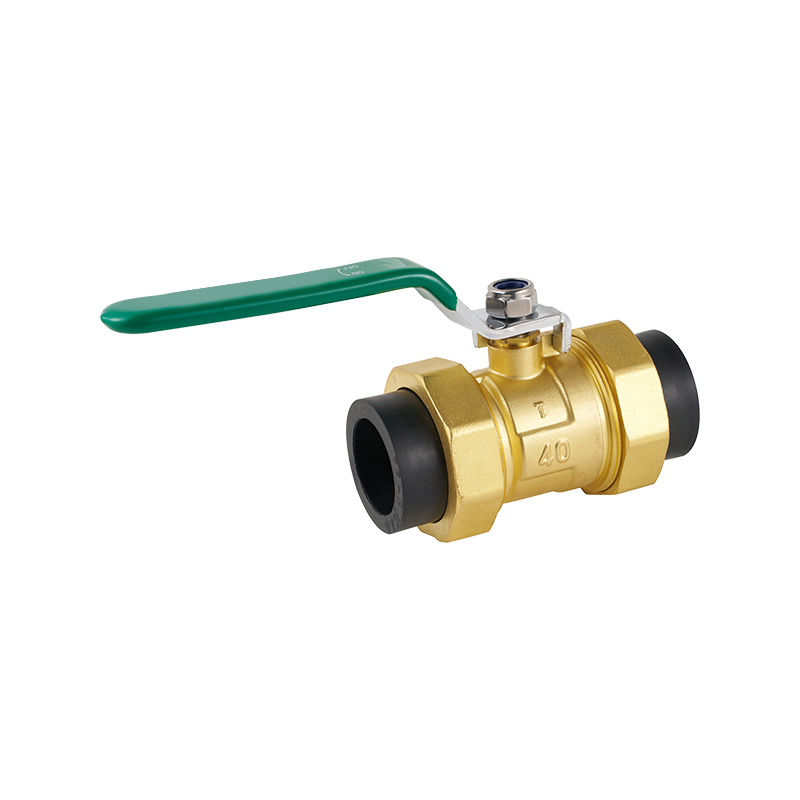
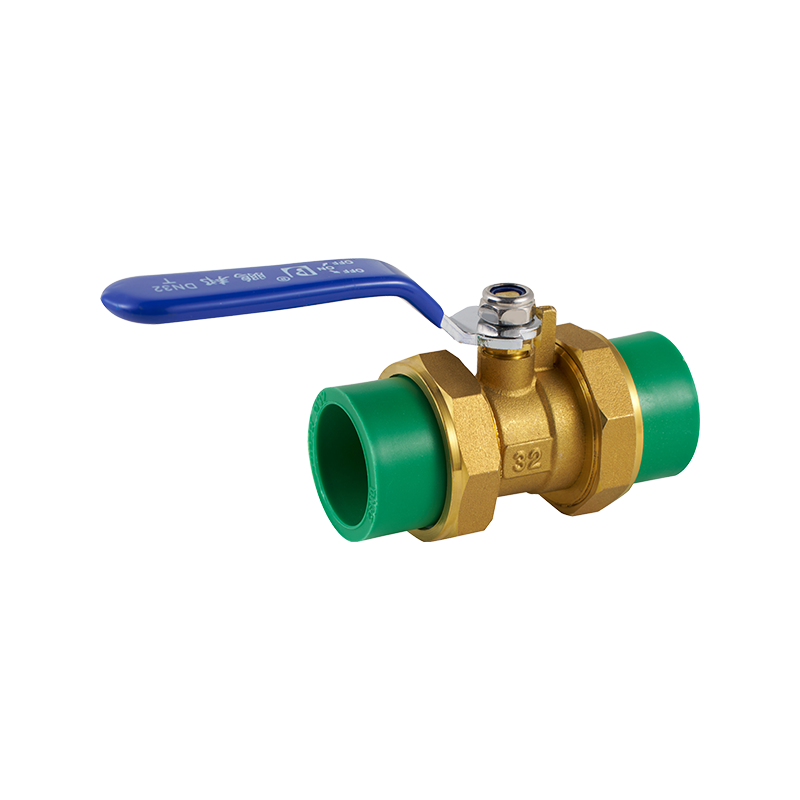
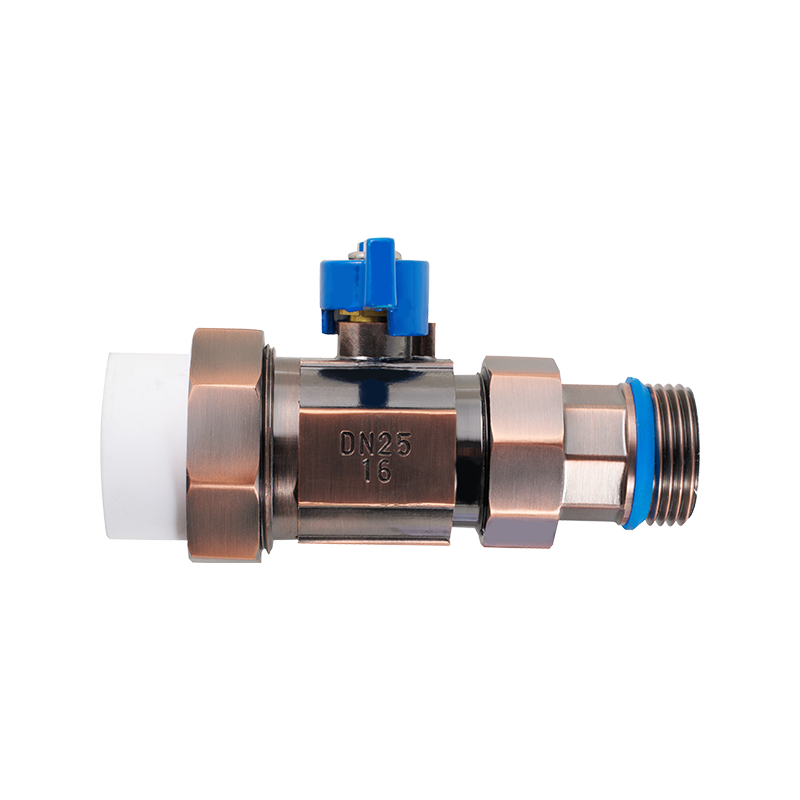
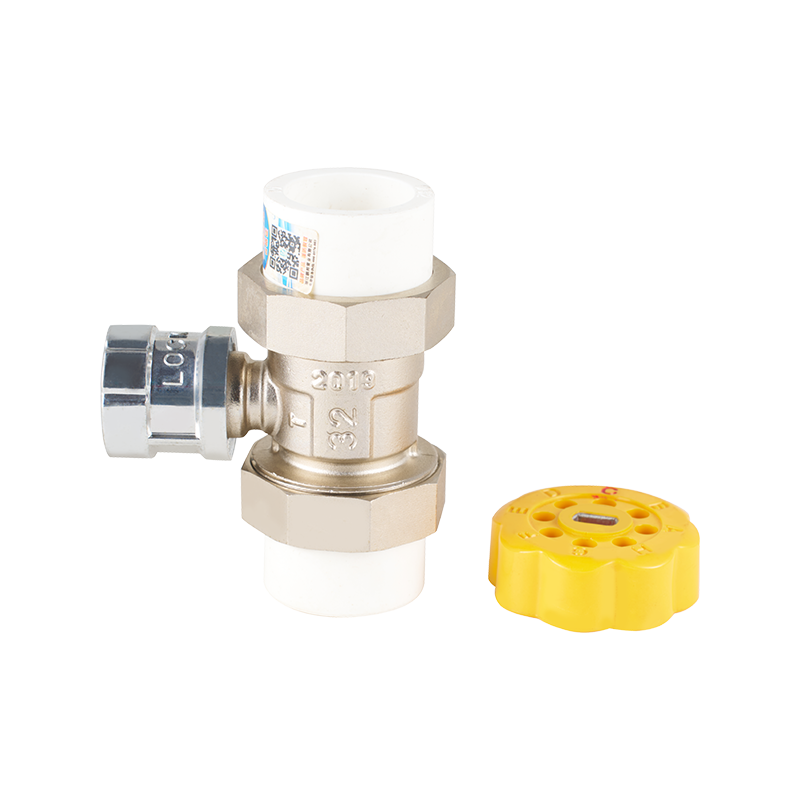
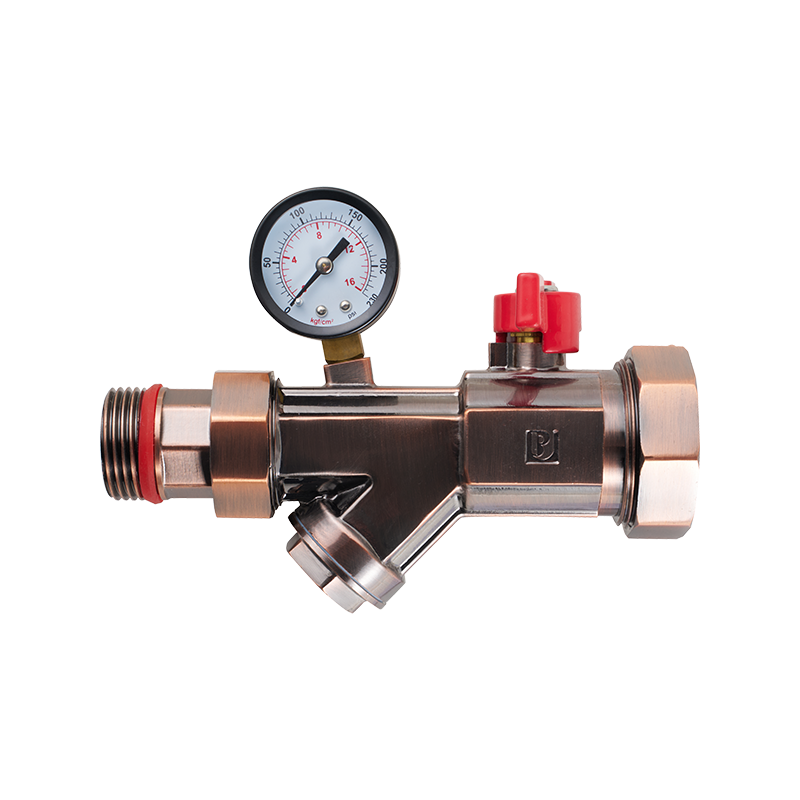


 CONTACT US
CONTACT US